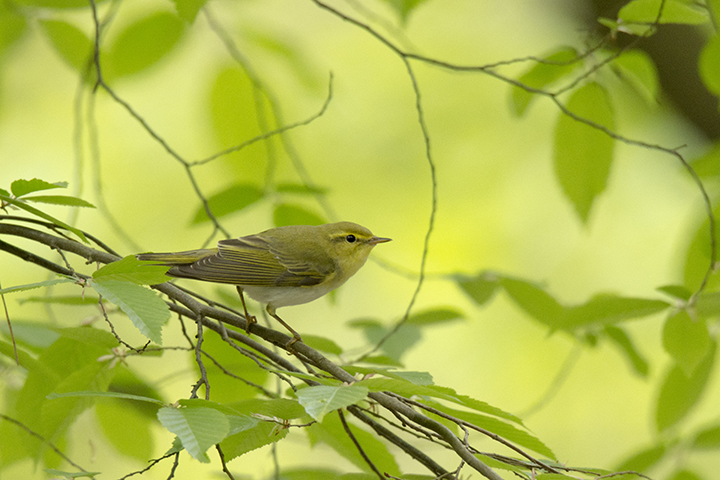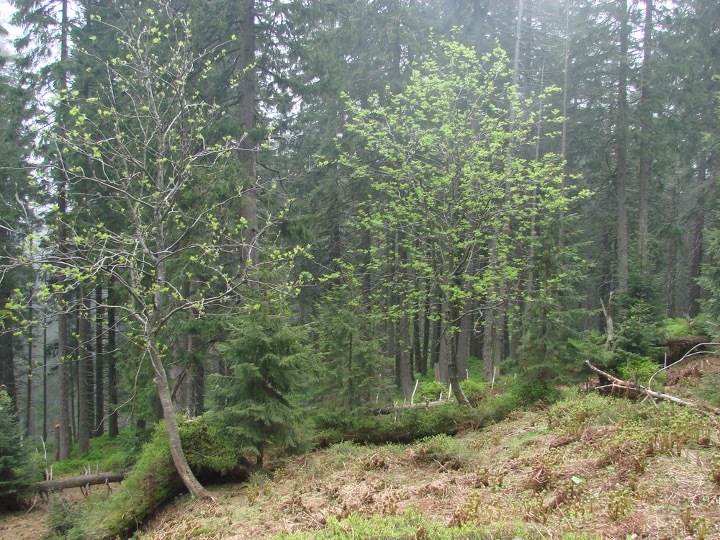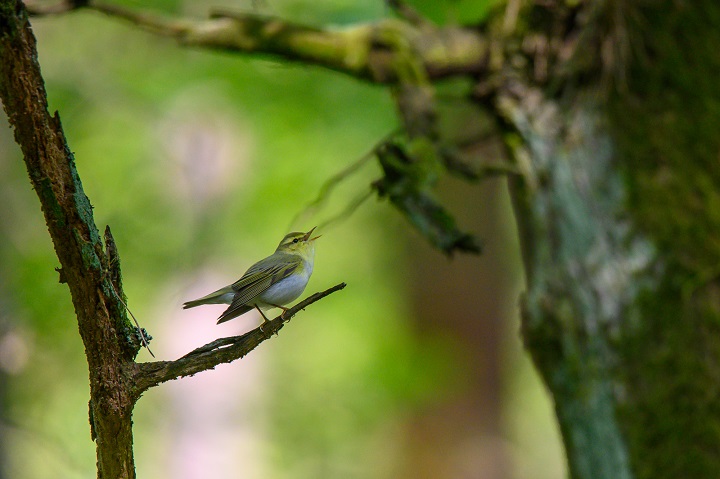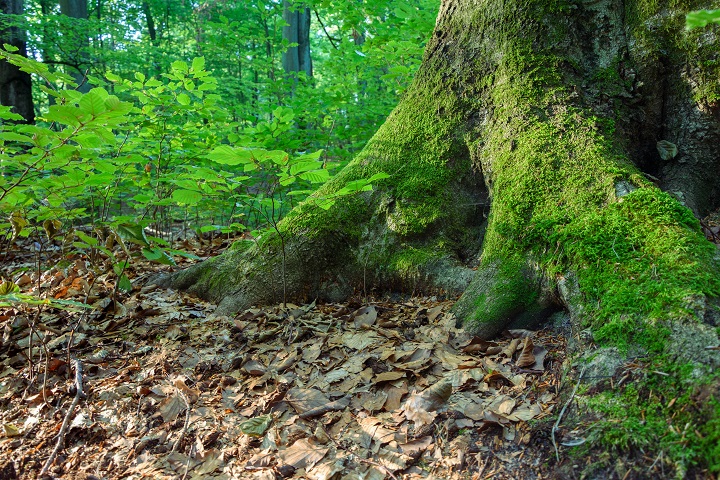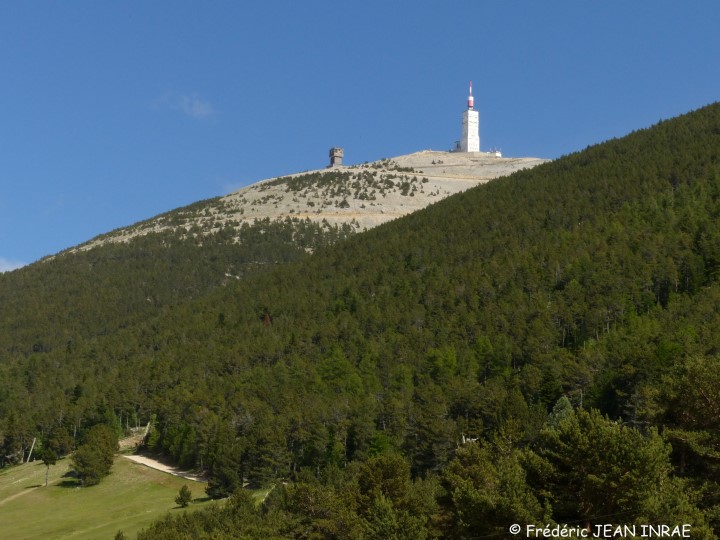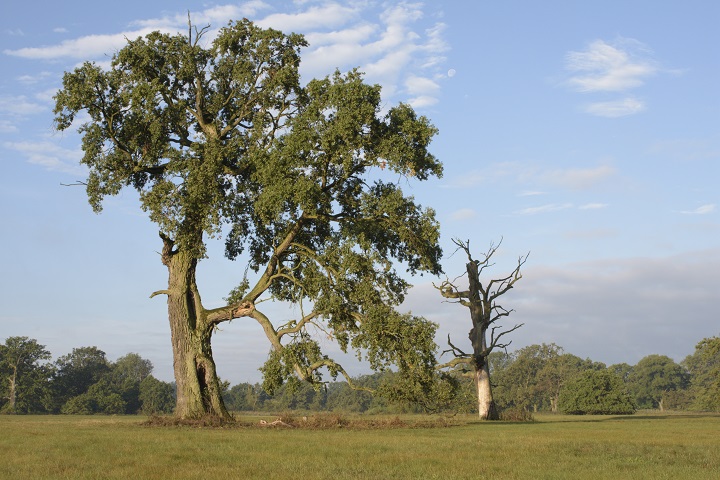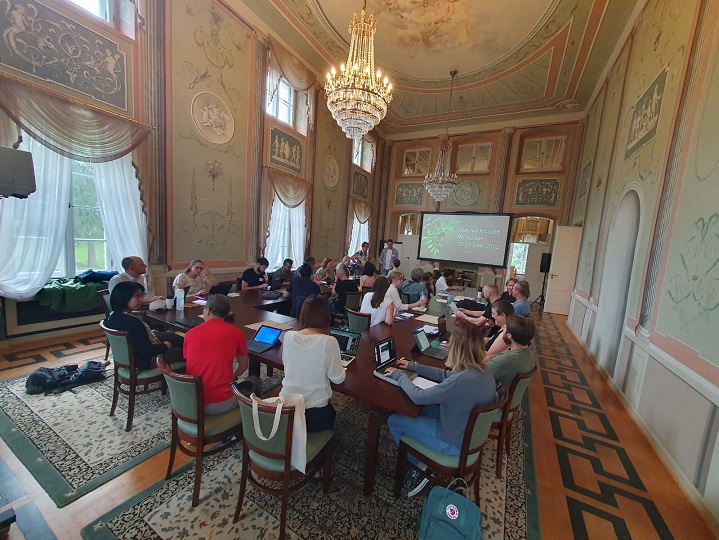Our recent paper shows that in birds, anti-predator responses toward previously unfamiliar sounds (samples of punk rock songs) can be socially transmitted among territorial individuals, with naïve birds learning through the association of unfamiliar sounds and alarm calling reactions of conspecific neighbors. Moreover, once learned soon after nestlings hatching, the anti-predator response of parents canContinue reading “Animal Cognition: Wood Warblers, auditory risk recognition, and rock ‘n’ roll”
Category Archives: Uncategorized
Nature Plants: Solstice and beech masting
Our new paper explores how seed production in perennial plants, like European beech (Fagus sylvatica), synchronizes across vast distances, affecting ecosystem functions. The study reveals that the summer solstice serves as a celestial cue, triggering synchronized responses to weather conditions among widely separated populations of European beech. This ‘starting gun’ initiates ecological events with highContinue reading “Nature Plants: Solstice and beech masting”
Proceedings of Royal Society B: genetic basis of masting
Masting, the synchronized seed production among plants, is often seen as a reproductive strategy. But is it inherited? We studied 110 Sorbus aucuparia L. trees for 22 years to find out. We discovered that trees with similar genetics and growing conditions shared similar reproductive patterns. Also, trees of similar sizes had comparable fluctuations in fruitingContinue reading “Proceedings of Royal Society B: genetic basis of masting”
European Journal of Forest Research: insights into rowan tree fecundity
New study in European Journal of Forest Research dissects 22 years of rowan tree fecundity, emphasizing the pivotal role of DBH and the dominance of light availability. Notably, neighborhood crowding unveiled a correlation with pollinator competition. This research advances seed production ecology understanding, offering insights for effective fruit supply management. Read the full study:https://link.springer.com/article/10.1007/s10342-024-01661-5
Ecology: masting and Wood Warbler population dynamics
New paper in Ecology shows that reproductive performance of Wood Warblers – small, ground-nesting songbirds – is much lower in years following mast seeding than in years preceded by mast failures, as mast seeding indirectly increases predation pressure on Wood Warbler nests. Moreover, matrix population models revealed that regional variation in mast seeding frequency isContinue reading “Ecology: masting and Wood Warbler population dynamics”
Nature Communications: costs of masting
New paper in Nature Communications takes 517 plant species and links their interannual variation of seed production with functional traits. While interannual variation in seed production is highest in temperate and boreal zones, our analysis controlling for environment and phylogeny indicates that masting is more frequent in species that invest in tissue longevity. There isContinue reading “Nature Communications: costs of masting”
Data paper on leaf phenology
Phenology, corresponding to the study of periodic events, plays an important role in fitness and species distribution because it determines when a species grows and reproduces. Here, F. Jean et al. compiled a dataset of leaf phenology observations for European Beech and Silver fir. The data has been recorded at the tree level, from bud development to leaf unfolding date,Continue reading “Data paper on leaf phenology “
Methods in Ecology & Evolution: more on measuring masting
A new paper in Methods and Ecology Evolution rediscovers CVk, a CV-based metric that has some interesting features making it worth looking at in masting studies. These include the reduced sample size needed to discover trends, especially worthy one given the logistical challenges of long-term seed production monitoring and the scarcity of such data.
Masting workshop at Gułtowy Palace
In June 2023, the Forest Biology Center organized a conference at Gułtowy Palace (near Poznań).We had a great time discussing science, exchanging ideas, planning papers, and networking.Now, we are in the process of writing a perspective paper that will gather the work we accomplished during the meeting. Stay tuned!
Kasia Kondrat defended her master’s thesis
Last month our lab member, Kasia Kondrat defended her master’s thesis on Drivers of intraspecific variation in fecundity in rowan. This study investigated the factors influencing fecundity using a 22-year fruit-count dataset from 167 individual trees. Findings highlighted diameter at breast height (DBH) as the best size proxy for standardizing fecundity, and light availability playedContinue reading “Kasia Kondrat defended her master’s thesis”

